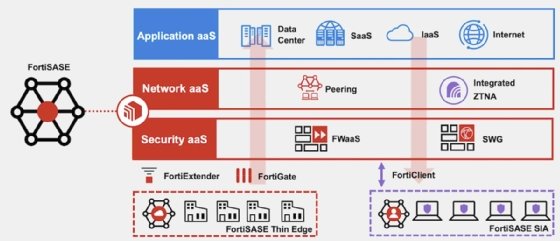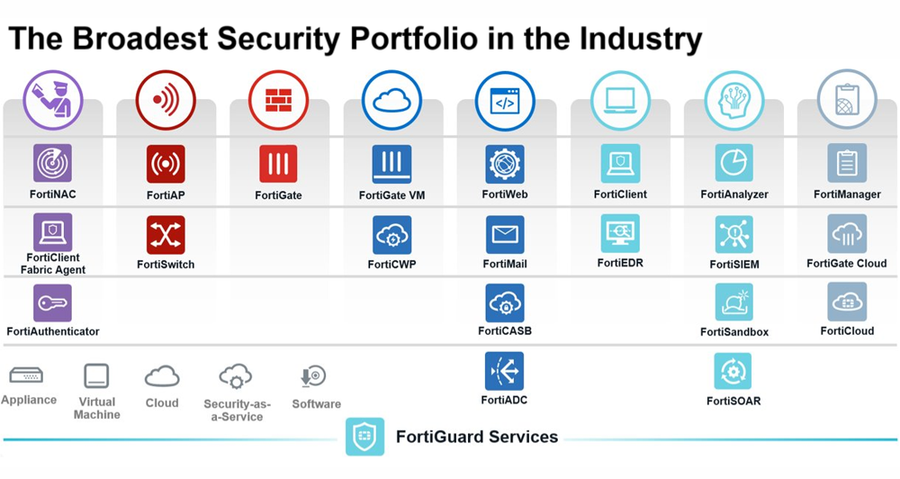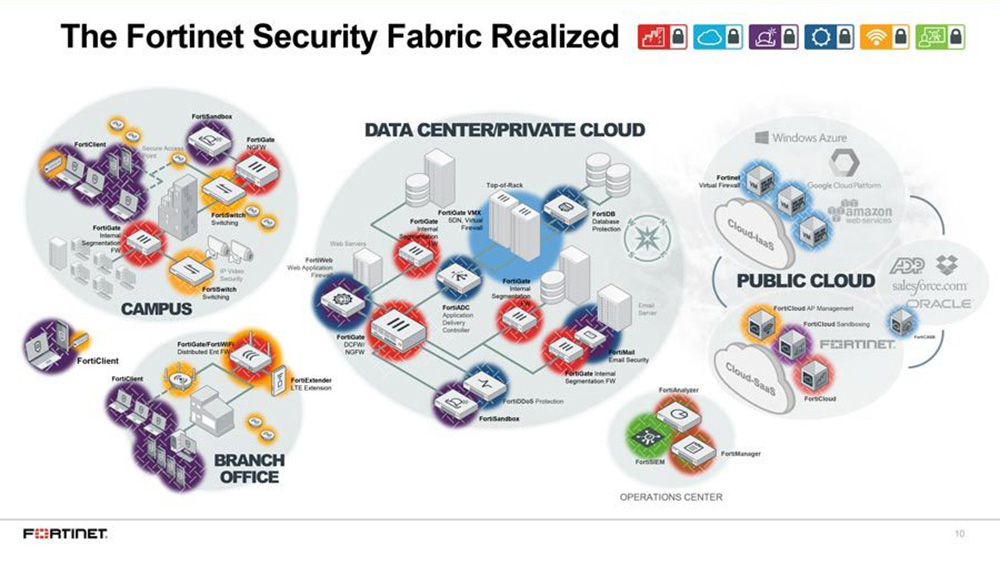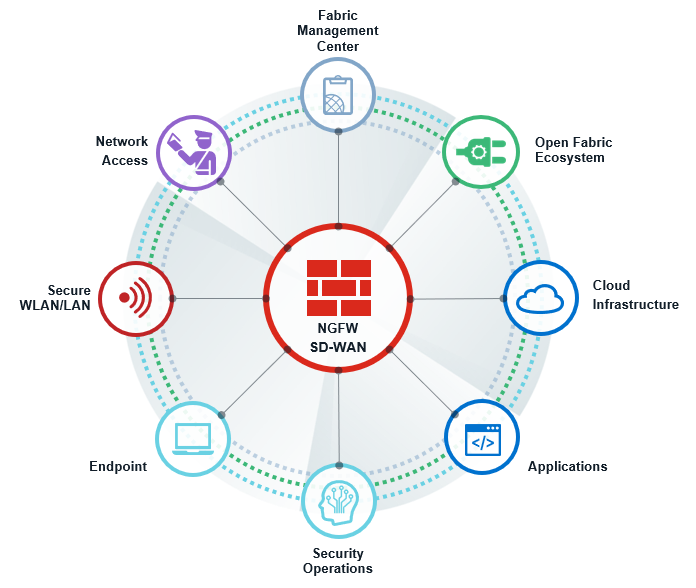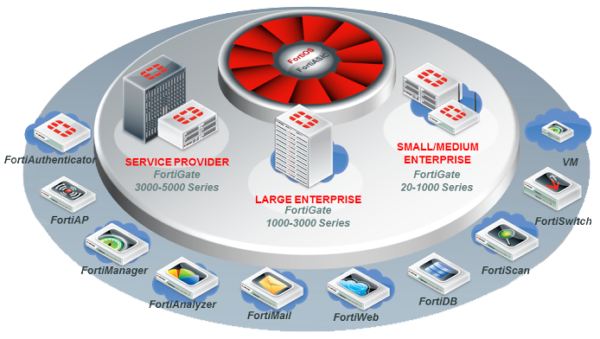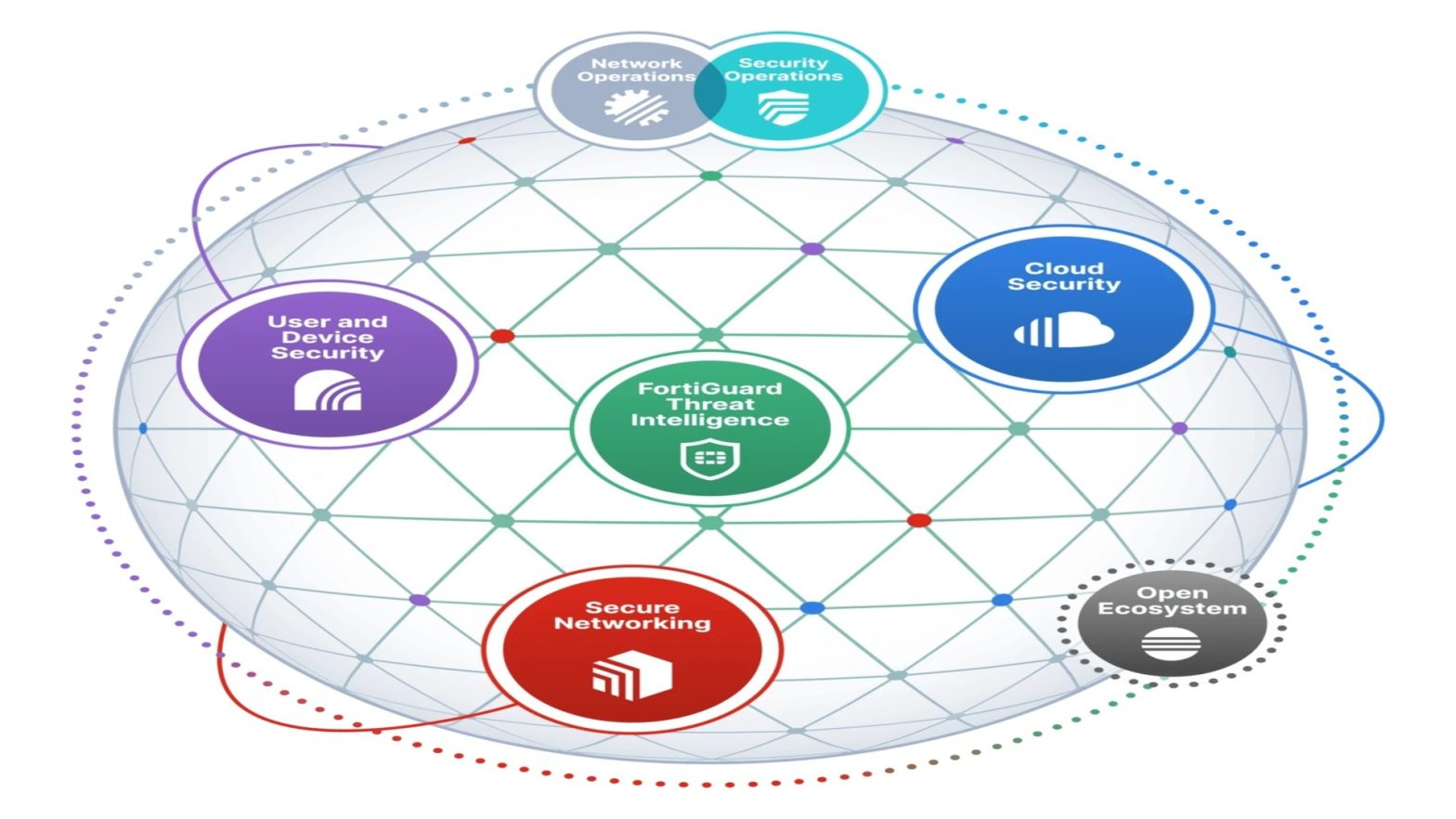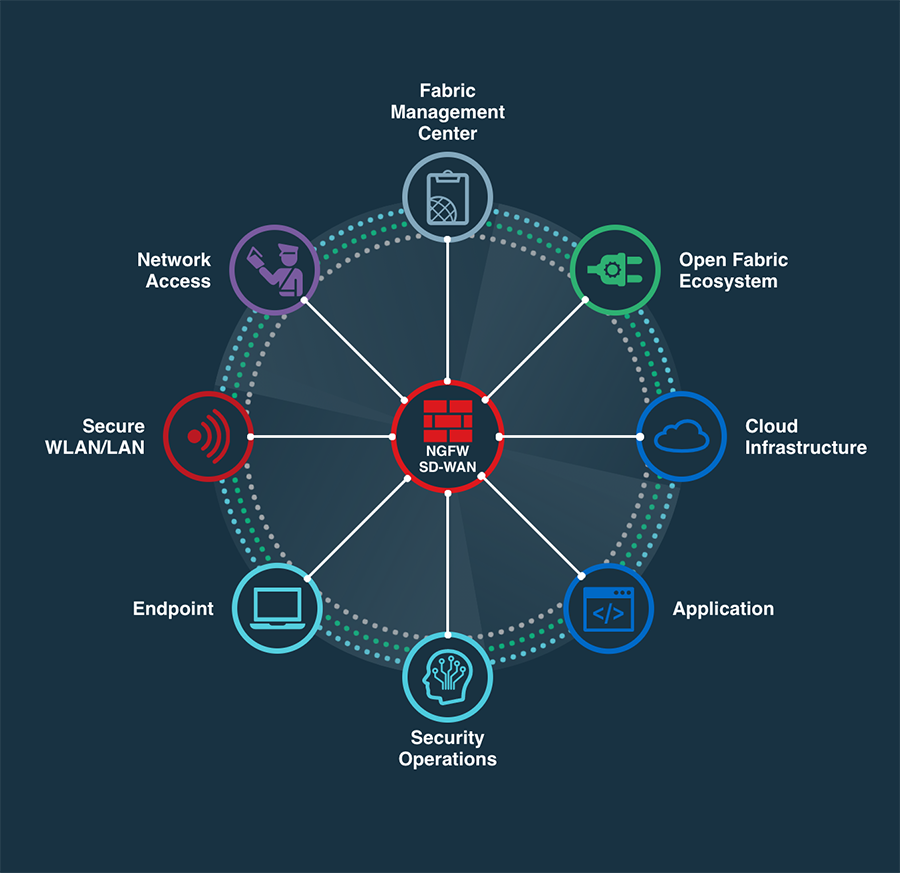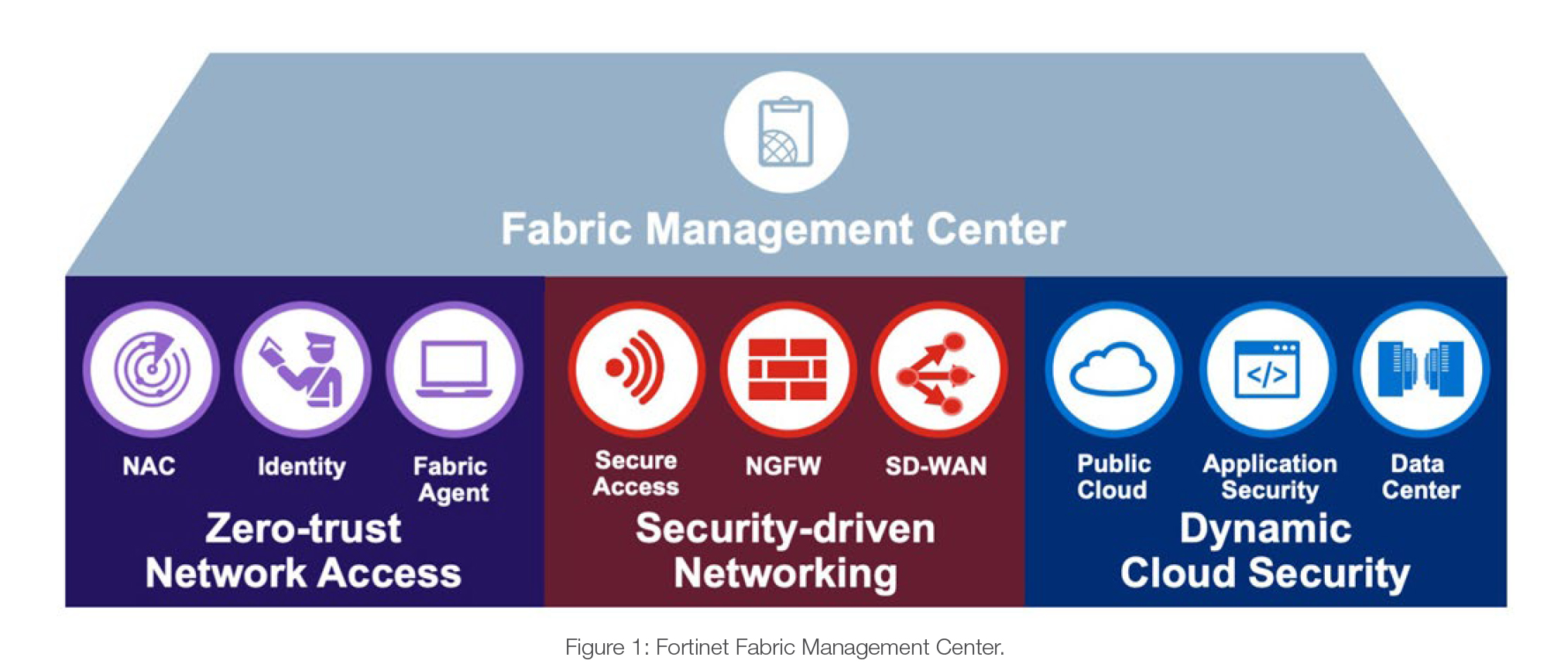What Are The Key Features Of Fortinet's Security Fabric Architecture

In today's complex digital landscape, organizations face a barrage of sophisticated cyber threats. To combat these threats effectively, businesses are increasingly turning to integrated security architectures that offer comprehensive protection across their entire infrastructure. One such architecture gaining prominence is Fortinet's Security Fabric.
This article delves into the key features of the Fortinet Security Fabric, exploring how it provides a unified and collaborative approach to cybersecurity. We will examine its core components and the benefits it offers to organizations seeking to strengthen their security posture.
What is the Fortinet Security Fabric?
The Fortinet Security Fabric is an integrated and automated security architecture designed to provide comprehensive protection across an organization's entire digital attack surface. This includes endpoints, networks, and cloud environments. It aims to break down the traditional silos between security devices, enabling them to work together as a cohesive unit.
According to Fortinet, the Security Fabric is more than just a collection of products; it's a platform that enables security devices to share threat intelligence and coordinate responses in real-time.
Key Features of the Security Fabric:
The Security Fabric is built upon several key features that enable its comprehensive and integrated approach to cybersecurity.
1. Broad Visibility and Protection: The Fabric provides extensive visibility across the entire attack surface. This enables organizations to identify and address potential security gaps before they can be exploited.
The solution offers protection against a wide range of threats, including malware, ransomware, and advanced persistent threats (APTs).
2. Integrated Threat Intelligence: The Security Fabric leverages FortiGuard Labs threat intelligence services. These services provide real-time updates on the latest threats and vulnerabilities.
This intelligence is shared across all security devices in the Fabric, ensuring that all components are aware of the most current threats.
3. Automated Threat Response: The Fabric automates many of the tasks involved in detecting and responding to security incidents. This reduces the workload on security teams and helps to speed up response times.
Automated responses can include actions such as isolating infected devices or blocking malicious traffic.
4. Open Ecosystem and Integration: The Security Fabric is designed to integrate with a wide range of third-party security solutions. This allows organizations to leverage their existing security investments and build a security architecture that meets their specific needs.
Fortinet actively promotes an open ecosystem through its Fabric-Ready Technology Alliance Program.
5. Scalability and Performance: The Security Fabric is designed to scale to meet the needs of organizations of all sizes. It is also engineered to deliver high performance without impacting network performance.
This scalability ensures that the Fabric can adapt to changing business requirements and evolving threat landscapes.
Components of the Security Fabric:
The Fortinet Security Fabric comprises various security solutions working in concert.
FortiGate next-generation firewalls form the core of the Fabric, providing network security and threat prevention.
FortiAnalyzer provides centralized logging, analysis, and reporting for security events.
FortiClient endpoint security agents protect devices from malware and other threats. FortiSandbox provides advanced threat detection and analysis capabilities.
These are just some of the key components of the Security Fabric, which also includes solutions for cloud security, email security, and web application security, and others.
Impact and Significance
The Fortinet Security Fabric offers several significant benefits to organizations looking to improve their security posture.
Firstly, it provides comprehensive protection against a wide range of threats. Secondly, it reduces the complexity of managing security by providing a unified and integrated view of the security landscape.
Thirdly, it improves security efficiency by automating many of the tasks involved in detecting and responding to security incidents.
The adoption of integrated security architectures like the Fortinet Security Fabric reflects a growing recognition of the need for a holistic approach to cybersecurity. As threats become more sophisticated, organizations can't rely on isolated security tools.
According to industry analysts, the demand for integrated security solutions is expected to continue to grow in the coming years.
Conclusion
The Fortinet Security Fabric provides a comprehensive and integrated approach to cybersecurity. By offering broad visibility, integrated threat intelligence, automated threat response, and an open ecosystem, it empowers organizations to effectively protect their digital assets against evolving threats.
As the cyber threat landscape continues to become more complex, integrated security architectures like the Fortinet Security Fabric will play an increasingly important role in helping organizations stay secure.
Organizations should carefully evaluate their security needs and consider the benefits of an integrated security architecture when developing their cybersecurity strategy.
